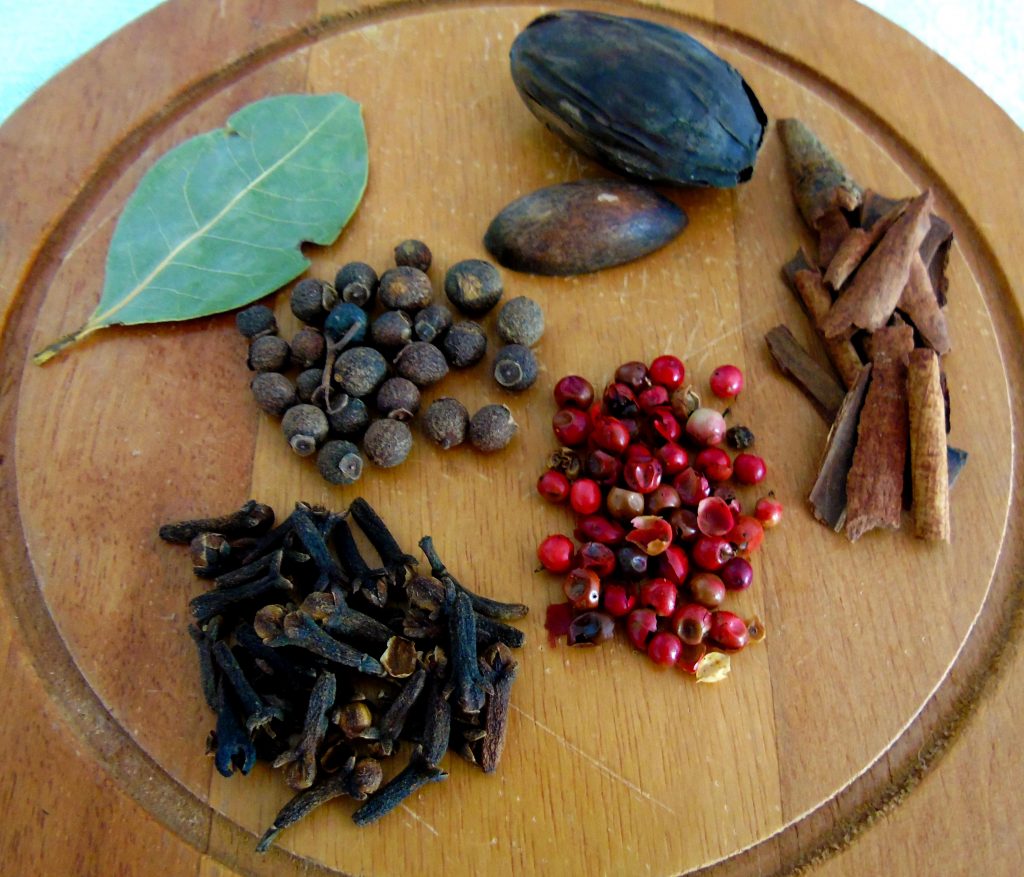By Gabriela Albuja and Jacob Olander
Jabuticaba, camu-camu, and mangaba are native Brazilian fruits with at least three times the Vitamin C found in exotic species like oranges, bananas and papayas. And yet Brazilians consume much, much more of the latter. While Brazil is home to more than 2,500 native fruit species, only açai and pineapple figure among the top 10 fruits most consumed. Homogenization of consumption reduces the nutritional value of diets and poses a big threat to agricultural biodiversity. As supply responds to demand, farms also become more homogeneous, reducing the diversity of crops and habitats found in the Brazilian countryside. And this frightening trend is global: According to FAO estimates, since the year 1900, 75% of the genetic diversity of plants has been lost worldwide (FAO 1999).
To counteract this trend, the Global Environmental Facility (GEF) funded the Biodiversity for Food and Nutrition (BFN) project, to draw attention to the nutritional and biodiversity benefits of native plant species in four different countries: Brazil, Kenya, Sri Lanka and Turkey. In Brazil the project chose 70 Brazilian species that not only have important nutritional qualities, but are also socially important or have economic potential. The research and work done in Brazil was highlighted and publicized in the recent ‘International Symposium on Biodiversity for Food and Nutrition,’ held in Brasilia, November 27-28, 2017.

One of the project´s tools presented at the event was the Database of the Nutritional Composition of Brazilian Biodiversity, which will be published by February, 2018 and will provide detailed information on the nutritional composition of the 70 native fruits and vegetables selected as having the greatest socioeconomic potential. The database is an invaluable resource for chefs, entrepreneurs, nutritionists and consumers, who will have easy access to detailed information on the nutritional value of Brazilian native species, many for the first time.
The event also presented the cook book ‘Brazilian Biodiversity: Flavors and Aromas.’ [Biodiversidade do Brasil: Sabores e Aromas], which brings together traditional Brazilian recipes that integrate native species identified in the database. Written by experienced chefs, it is a useful resource that will be accessible online by the beginning of next year through BFN´s website, where some recipes have already been published.
All these resources are intended to stimulate the demand for underused fruits and vegetables in an effort to increase their consumption and start building more sustainable markets at a local, regional, and national level.
Developing sustainable markets that value nutritious and diverse native species is especially important in Brazil which houses the greatest biodiversity on the planet, but bases most of its consumption on exotic species. “We are reducing our consumption of species with high nutritional value in order for the same thing to be eaten in Brasília as in Hong Kong,” emphasizes Lidio Coradin, National Director of the BFN Project in Brazil. “This has consequences for the biodiversity of the planet, for our nutrition, the eating habits of future generations, and even the ways in which water is used.”
Changing the status quo in Brazil has been one of the key focuses of the BFN project, which has received support from the federal government, UNEP, FAO, Embrapa, Brazilian universities and national research institutes. The program is betting on two tools to make that shift. The first is using the power of the public purse to jumpstart demand – and supply – of underappreciated native species. A new regulation across several government ministries lays out a list of native species to be incorporated into the National Foodstuffs Acquisitions Program [Programa de Aquisição de Alimentos] and the National Program for School Meals [Programa Nacional para Alimentação Escolar].
Alongside that, starting in 2018, consumers will be able to select products with a “Sociobiodiversity Seal” that recognizes the origin of products made with native Brazilian species.
Drawing more attention and hopefully driving more consumer demand for these undervalued nutritional powerhouses is probably the only way to ensure that healthy diversity continues to thrive on Brazilian tables and on Brazil’s farmlands and forests.
Featured image: Agência Galo


